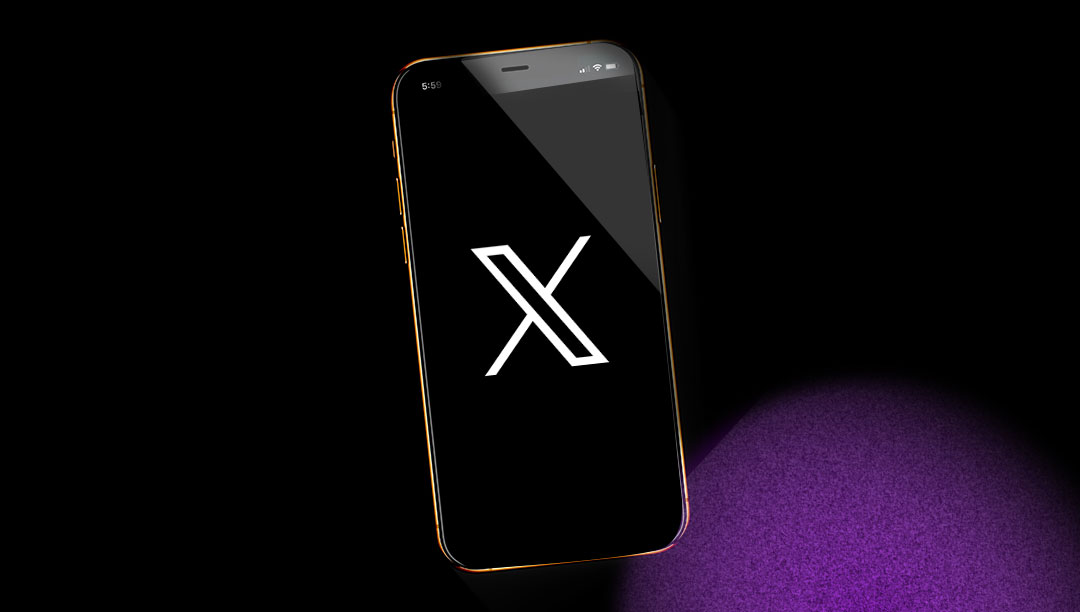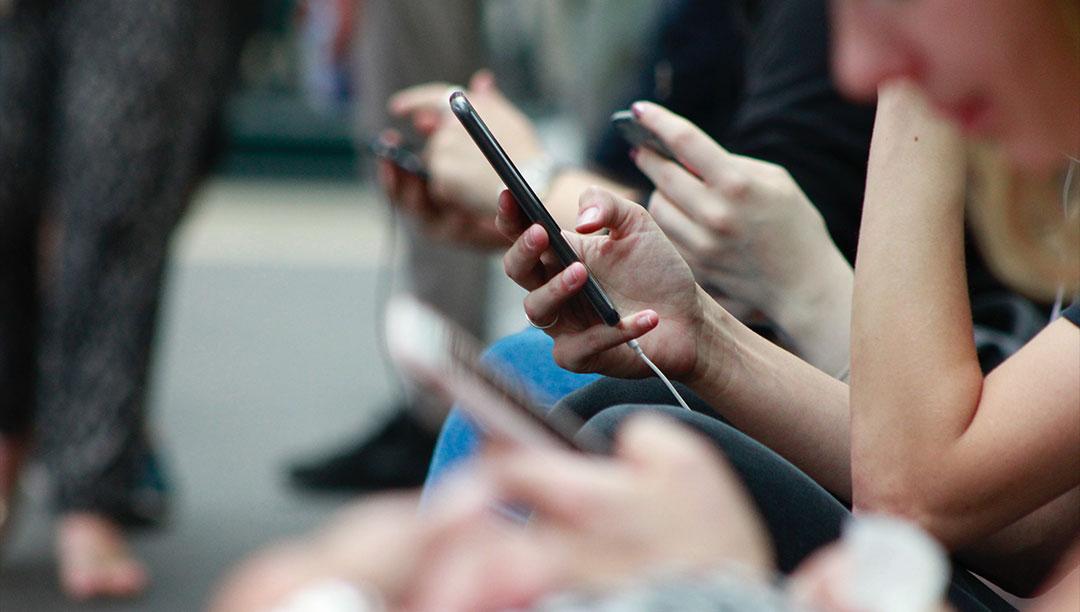On the 22nd of July, Elon Musk announced that he was going to “ditch the bird”, replacing the iconic Twitter logo with an X, in his latest attempt to overhaul the brand.
CEO Linda Yaccarino justified the decision, stating that the rebrand is a “second chance to make another big impression” continuing to say “Twitter made one massive impression and changed the way we communicate. Now, X will go further, transforming the global town square.”
The switch from Twitter to X is driven by Musk’s goal to make the platform into what he considers a “everything app.” Yaccarino stated that X will be “centred in audio, video, messaging, payments/banking.” But is the branding in keeping with his goals? It’s certainly caused a stir and ruffled a few feathers.
Why did Musk rebrand to X?

Musk stated in a tweet on that he likes the letter “x,” but his prior commercial endeavours indicate that the X brand is nothing new. Musk recently unveiled a new artificial intelligence start-up, xAI with the ambitious ambition to “understand the true nature of the universe.” SpaceX, Musk’s rocket company, also has an X as its logo. And not to mention his youngest son, who he named X Æ A-12 Musk. So, we get it. He likes the letter X, but is it obsession? Or a clever way to build a brand that works? And why are people sad to say goodbye to twitter?
People don’t like change
People get makeovers. Products develop. Companies rebrand. We see it all the time, it can be brilliant, and it can be unnerving, it’s something people love to hate. Because ultimately, people don’t like change.
The re-brand has gained a lot of criticism. Twitter, first founded in 2006 is an iconic, internationally known brand. No other social media giant has had an impact on the online landscape quite like Twitter with its former branding gave new meaning to the words “tweet” and “tweeting”.
Twitter’s existing loyal user-base have also found themselves feeling increasingly alienated by new revenue-boosting features such as Twitter Blue, and temporary measures to limit tweet visibility in an effort to combat data-scraping.
Make the end user front and centre

The main purpose of a re-brand is generally to improve a company’s recognition and reputation, and to shift their focus in investments. Even so, change can be jarring for some consumers, especially when they feel emotionally invested in a brand. Musk really did rip the plaster off in one go, leaving a little bit of a sting amongst a lot of twitters long-time users.
It seems that Twitter is becoming an exclusive space for the rich, famous, and powerful. This high-end exclusivity is reflected in the Glossy black and the sleek X icon. Despite Musk’s description of X as an “everything app” implying inclusivity – but maybe ‘everything’ is only for the rich, famous, and powerful.
By making end users front and centre, you can make brand transformations more palatable to your loyal users. When looking to re-brand it is best practice to consider the habits, desires and values of core users and customers, utilising research, and data to help you put your best foot forward.
Backlash draws attention then tends to dissipate
In the end, change doesn’t have to be a bad thing. Some experts agree that the rocky transition from Twitter to X may not be a long-term issue. It’s certainly got people talking and we’ve even written a blog about it. Backlash is usually temporary and over time, opposition to change tends to dissipate.
Changing such an iconic brand is a pretty risky strategy, but it does have potential to take off if the company’s ‘everything app’ comes to fruition.
At K2L we are no strangers to causing a stir and we know that disruptive marketing has its time and place. And with the right strategy and creative ingenuity in place, it really can be the best thing since sliced bread. With X, only time will tell if the re-brand was the right strategy.


